Drones Dominate the Battlefield
The Russian invasion of Ukraine has showcased the crucial role drones play in modern warfare. As other Countries scramble to catch up, it’s essential to understand the realities of these “high-tech” tools of war, explains the Australian Institute of International Affairs.
In 2020, drones were seen as “magic bullets” for Azerbaijan against Armenia in Nagorno-Karabakh. Today, the Russian invasion of Ukraine has sparked a frenzy over drone use. Ukraine has displayed an impressive array of military and commercial drones, training soldiers to fly, coordinate, and camouflage from the sky. Despite a struggling domestic Drone Industry, Ukraine presses on.
In February 2023, Ukraine announced an Unmanned Systems Force to focus on drone warfare, aiming for a “technological advantage over the enemy.” With difficulties in getting commercial drone materials from China due to price hikes and shortages, Ukraine’s domestic drone production has become vital. President Volodymyr Zelensky predicts Ukraine will produce two million drones in 2024.
Ukraine’s Drone Arsenal
The favorite weapon has been First Person Viewer (FPV) drones, initially used for cinematic videos. Operated via headset, these drones provide a live video feed for precise attacks. Ukraine uses over 62 different types of FPV Drones, along with quadcopters, the Turkish Bayraktar TB-2, and advanced loitering munitions like the Israeli Harop. Loitering drones, though more expensive, offer features like encrypted communications and extended range. Drones are now seen as critical to the “future of war.”

Global Rush to Replicate
Countries are paying attention. The US Army recently requested $25 million to field commercial drones from approved manufacturers, aiming to mimic Ukraine’s drone capabilities. Smaller, cheaper drones have topped the Marines’ wish list due to their maneuverability and tactical utility. The US is also investing $177 million in Coyote interceptors to destroy enemy drones with radar-guided missiles. The “Replicator” initiative, inspired by Ukraine, aims to quickly deploy thousands of cheap drones.
The Realities of Drone Warfare
Drones offer unmatched cost and scale advantages, but counter-drone measures are complex. Both sides in the Ukraine conflict are experimenting with various methods, from wire nets and drone dogfighting to electronic warfare. Ukraine loses about 10,000 drones per month, a significant financial burden. For example, the US Coyote drone costs $125,000 each, while Iranian loitering munitions cost $48,800. The US Army is seeking more cost-effective solutions, including directed energy weapons and Advanced Precision Kill Weapon System (APKWS) rockets.
Drones Don’t Guarantee Victory
Despite their potential, drones alone don’t guarantee a quick, decisive victory. In the Nagorno-Karabakh conflict, drones were effective but didn’t win the war on their own. Drones can’t seize or hold terrain and might encourage more lethal approaches to conflict. They could also extend conflicts geographically and temporally, as seen in the Global War on Terror. The perception of drones as “revolutionary” may overestimate their capabilities and mischaracterize them as a nearly “costless” way to wage war.

Risks and Misconceptions
Even with promises of “high-tech” precision warfare, drones are likely to continue causing civilian casualties and widespread destruction. In Ukraine, Russian drone strikes have killed civilians and caused infrastructure damage. In Ethiopia, drone use has resulted in a high civilian toll, and in Somalia, indiscriminate drone strikes have been labeled war crimes. In Gaza, drones have killed civilians in their homes. These examples highlight the devastating costs of machine-driven warfare.
Autonomous drones pose additional risks. Full autonomy in drones could develop gradually, driven by the need to counter electronic warfare tactics. Taking drones “off the loop” (removing human oversight) might seem like a solution but could lead to uncontrolled, lethal decisions with unknown civilian impacts.
DroneXL’s Take
Drones have transformed modern warfare, but it’s crucial to recognize their true impact and avoid unchecked autonomy. Governments must set guidelines to limit the effects of unregulated drone warfare while harnessing their potential. The future of war will likely see even more significant roles for drones, but ensuring ethical use is paramount.
Discover more from DroneXL
Subscribe to get the latest posts to your email.


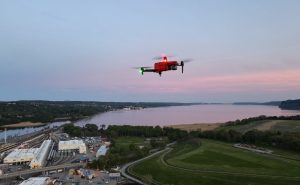
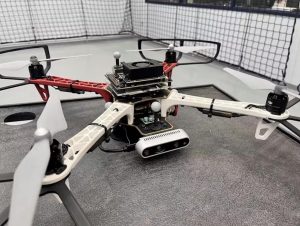

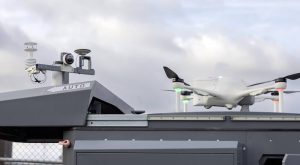



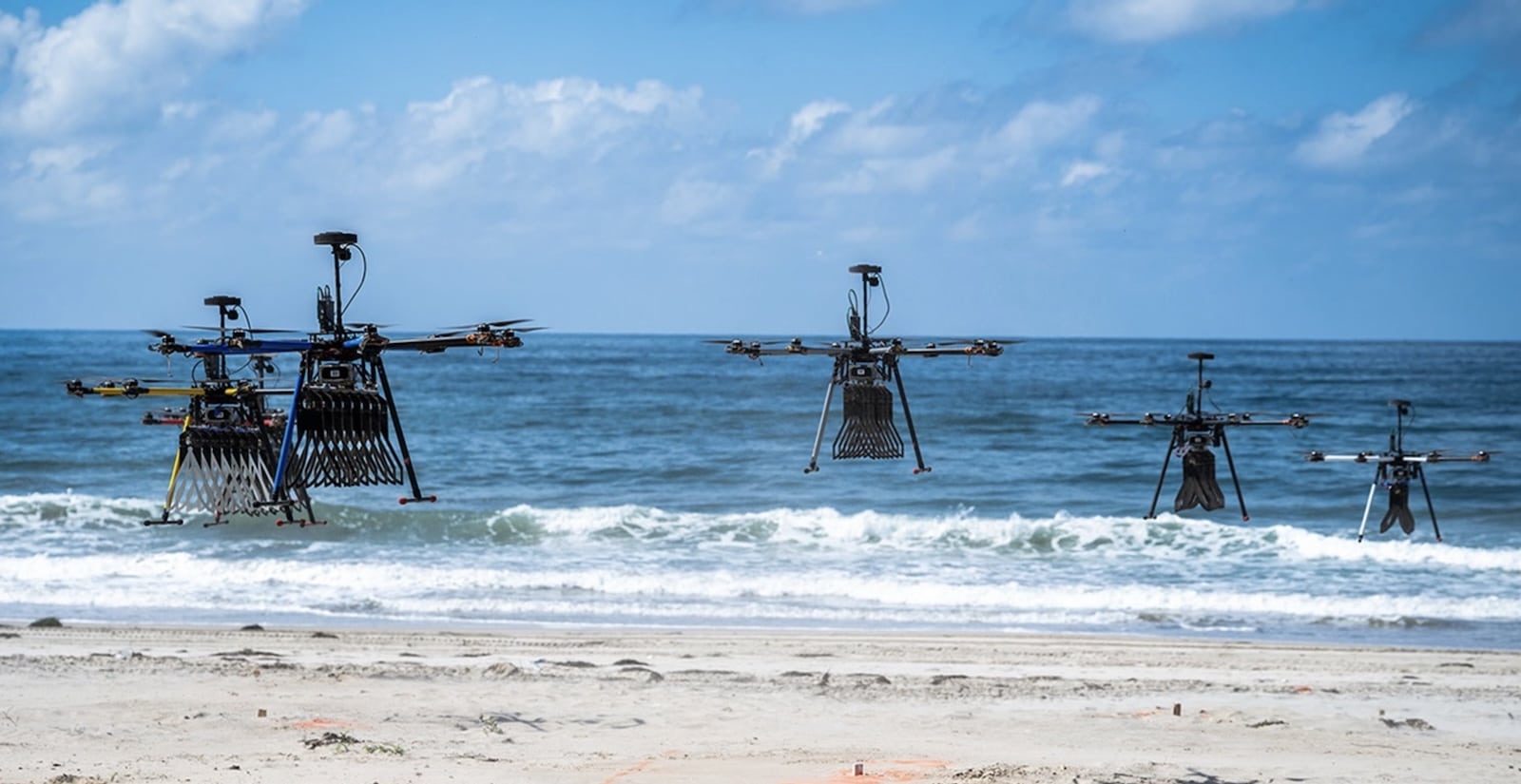
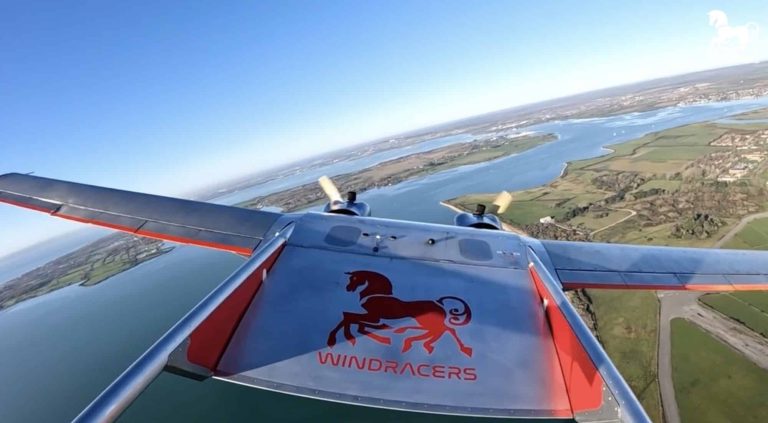
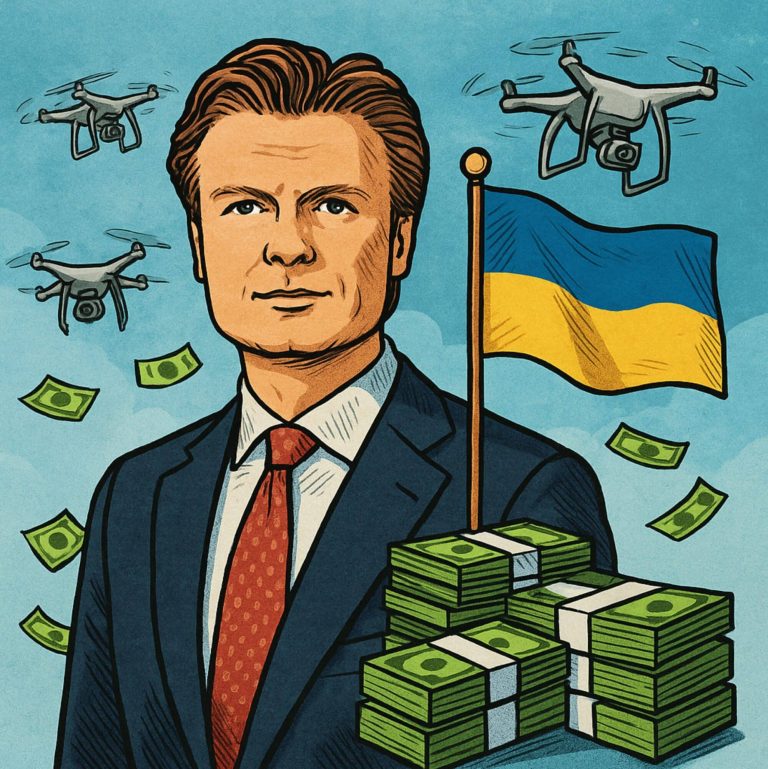
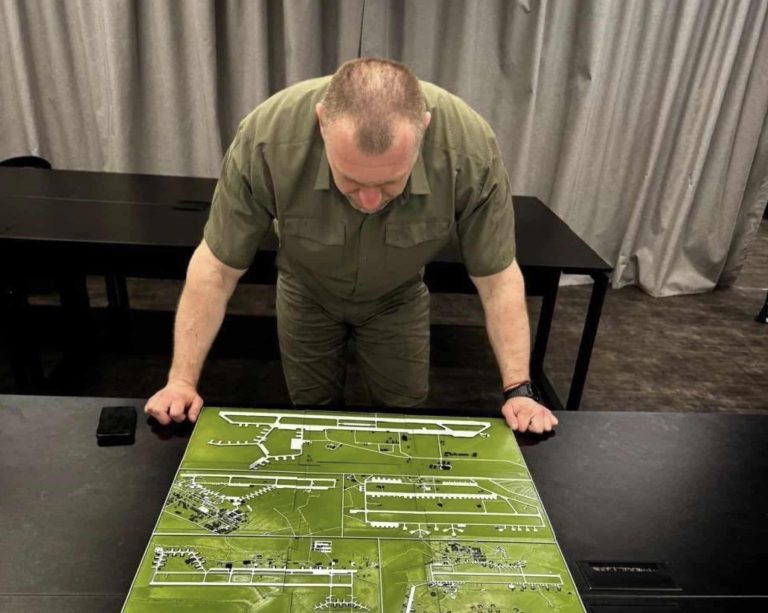



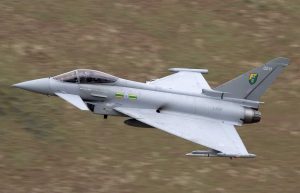
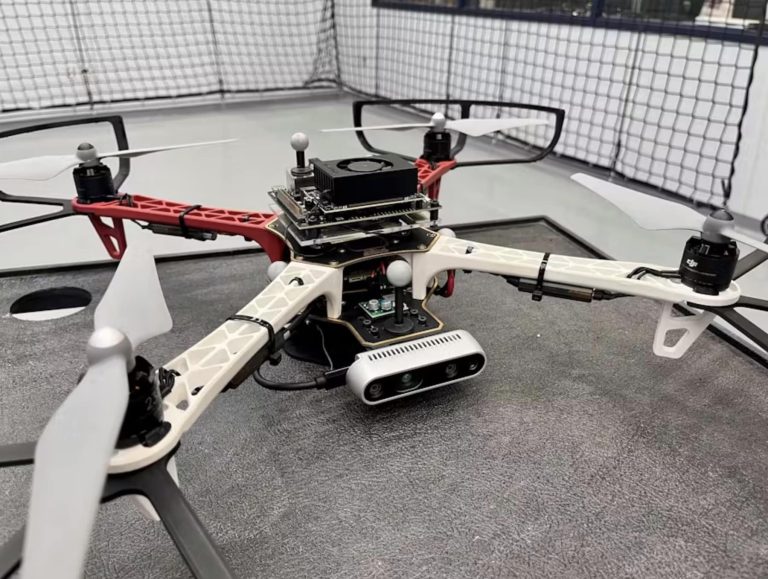

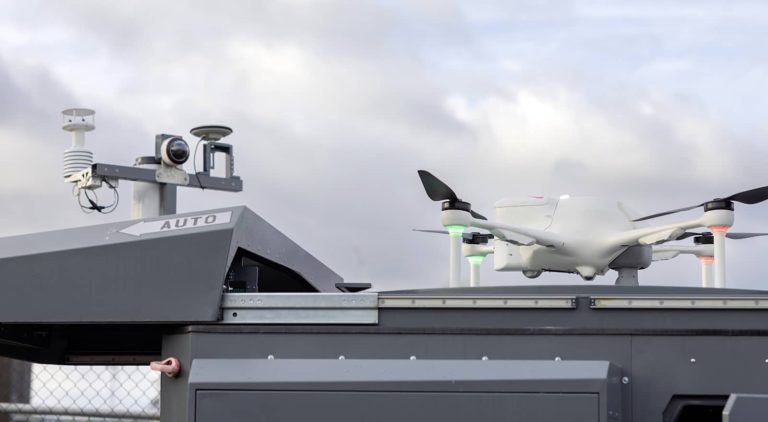

+ There are no comments
Add yours